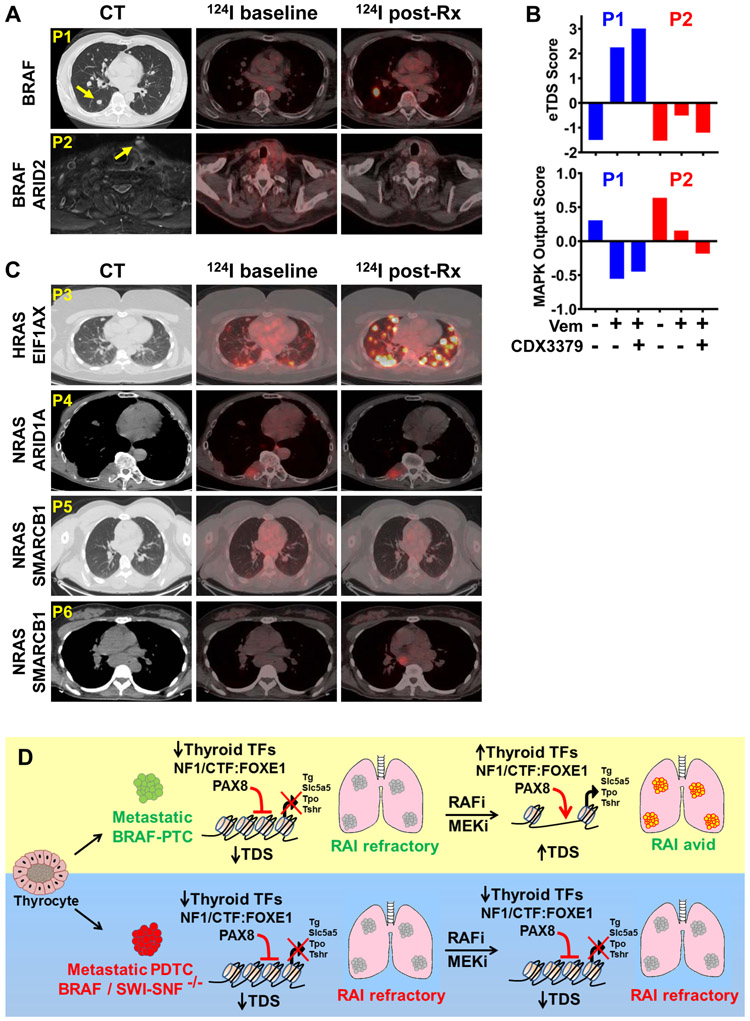Figure 7: Thyroid cancers with ARID1A, ARID2, or SMARCB1 mutations are resistant to redifferentiation by MAPK pathway inhibitors.
(A) Axial CT (left) and fused 124I-PET-CT chest images (middle and right) of 2 thyroid cancer patients (P1 and P2) with RAI-refractory metastatic thyroid cancer treated for 4 weeks with vemurafenib combined with the HER3 monoclonal antibody CDX-3379. Baseline 124I-PET-CT was performed prior to drug exposure; On Rx 124I-PET-CT was done while on the drug combination. P1 harbored a BRAFV600E-mutant tall cell variant PTC and showed restoration of 124I uptake in previously negative metastatic lesions. P2 harbored a BRAF and ARID2-mutant PDTC that failed to incorporate 124I after Vem + CDX-3379. (B) Enhanced thyroid differentiation (eTDS) and MAPK output scores in RNAseq of 3 serial biopsies of the index lesions (arrows) in P1 (responder) and P2 (non-responder). Bars represent the eTDS and MAPK scores prior to treatment, on vemurafenib alone, and after adding CDX-3379. (C) Axial CT and fused 124I-PET-CT chest images of patients enrolled in a redifferentiation trial with the MEK inhibitor trametinib. P3 harbored a RAS-mutant PTC that showed restoration of 124I uptake with trametinib, whereas patients P4 (RAS + ARID1A), P5 and P6 (RAS + SMARCB1) failed to enhance 124I uptake on trametinib. (D) Model depicting loss of chromatin accessibility at thyroid lineage genes and resistance to MAPK inhibitor-based redifferentiation in BRAFV600E-mutant thyroid cancers with SWI/SNF loss.

